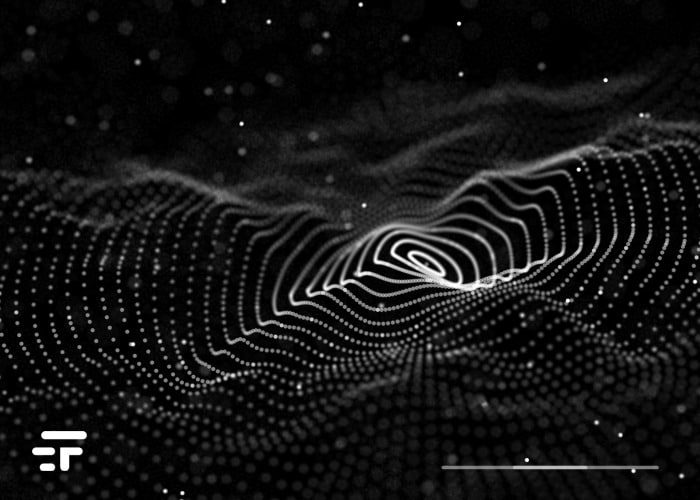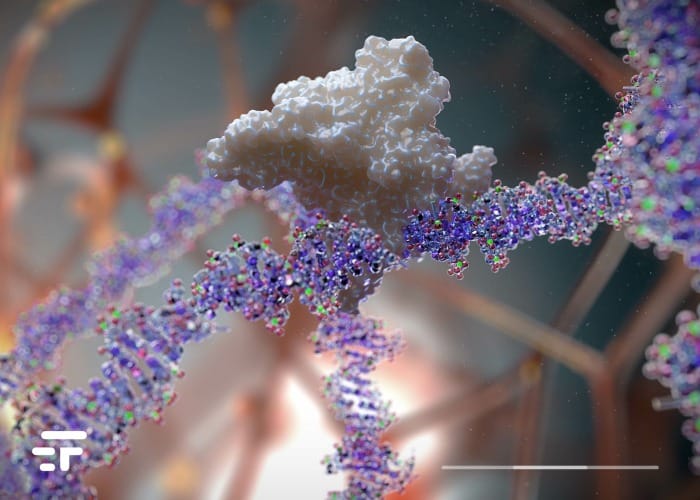There is more and more evidence of the effectiveness of a cure for type 2 diabetes without the use of drugs. Researchers have demonstrated how short bursts of ultrasound targeted at specific groups of nerves in the liver can effectively reduce insulin and glucose levels. The result was obtained in three different animal models.
A team of GE Research, School of Medicine and other institutes published a study in Nature Biomedical Engineering showing a new non-invasive approach to diabetes. As mentioned, these are ultrasounds capable of stimulating specific sensory nerves in the liver. The technique is called peripheral focused ultrasound stimulation (pFUS).
Bringing down diabetes with ultrasound

The researchers present in a briefing on Nature also the action to stimulate an area of the liver called the “portal vein”. This region hosts a nerve plexus that transmits glucose information to the brain, but it was difficult to study because its nerve cells could not be individually activated with electrodes.
This study shows that this can be achieved with short, targeted bursts of pFUS in this region of the liver. The effect? Stop the progression of diabetes. The therapy has already been successful in 3 different animal models of diabetes: mice, rats and pigs.
Unfortunately, today there are only a few drugs that lower insulin levels, according to. “If our ongoing clinical trials confirm the promise of the preclinical studies reported in this paper,” he says Raimund Herzog, an endocrinologist at Yale University School of Medicine working on the project, “Change Everything.”
If ultrasound can be used to reduce both insulin and glucose levels then ultrasound neuromodulation will be an exciting and completely new weapon for the treatment of diabetes.

How many ultrasounds do you need?
According to the research, three minutes of focused ultrasound every day are sufficient to maintain healthy blood sugar levels in animals with diabetes. Now is the time to prepare the transition to human studies: and there are already small technical problems, which can be overcome in the medium term.
One above all: we need qualified personnel. Of course, technology already exists that simplifies and automates these systems for patients to use at home, but it will need to be developed before an ultrasound treatment for diabetes is made mainstream.
What are the next applications?
Christopher Puleo, corresponding author of the new study, is confident that this type of non-pharmaceutical method could replace many approaches in the future.
“We are in the middle of the human study phases for type 2 diabetes, which will eventually lead to clinical trials,” Puleo adds. “Ultrasound may be a game-changer for how bioelectronic medicines will be used and applied to diseases such as type 2 diabetes in the future.”
In parallel to the preliminary human studies (with preliminary results expected by the end of the year), a group of new tests on larger animals will also take place in the coming months.


